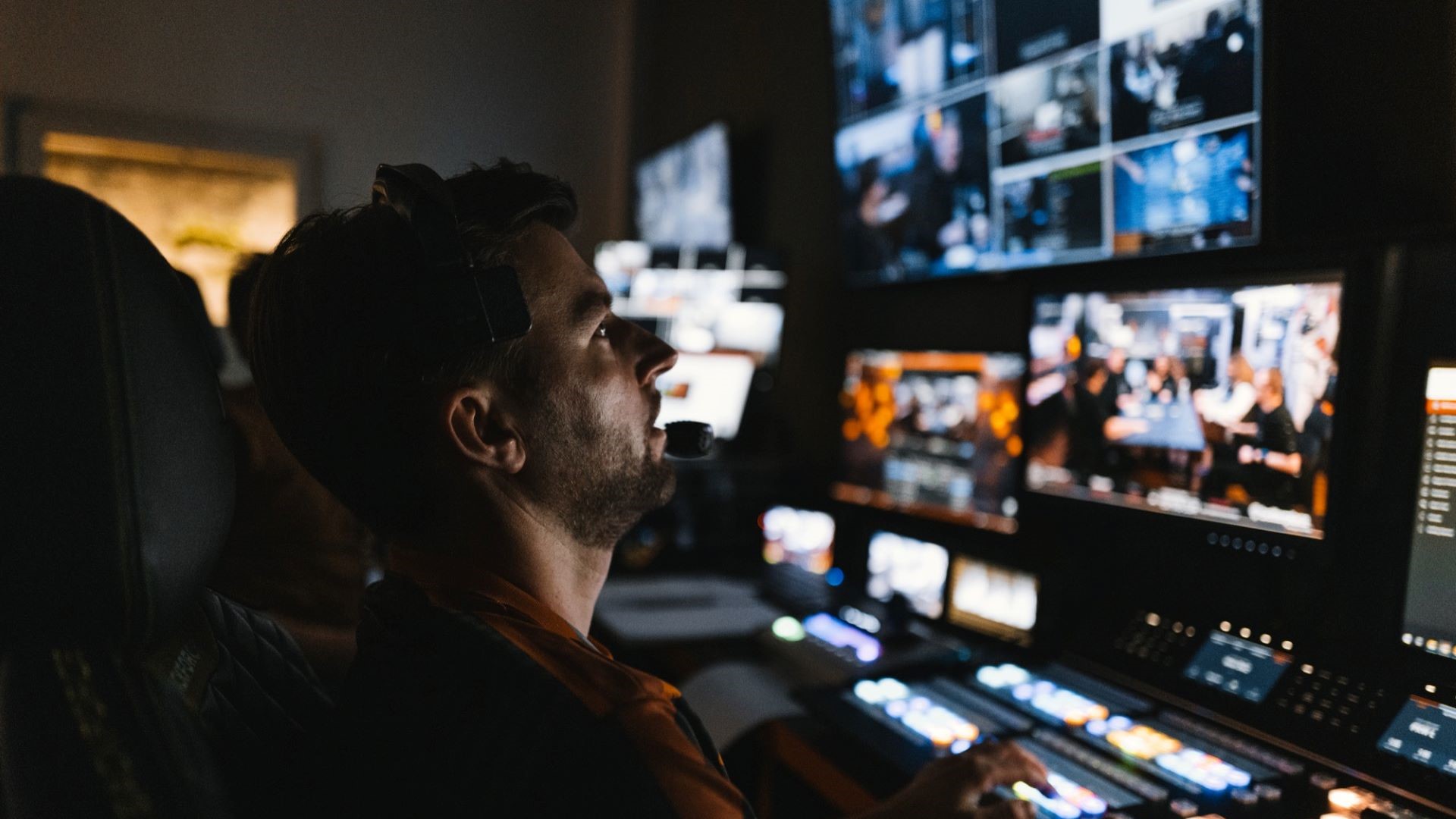
According to Blackmagic Design, Hulu’s drama series “Interior Chinatown” was graded by supervising colorist Aiden Stanford of ArsenalFX Color using DaVinci Resolve Studio, editing, grading, VFX and audio production software. According to Stanford, they had never attempted a grade as complex as this one before, but by pushing their creative boundaries and working with a strong team, they were able to deliver a great result.
From TV creator, executive producer and best-selling novelist Charles Yu and executive producer and director Taika Waititi, Interior Chinatown tells the story of Willis Wu, a supporting actor on a detective drama who accidentally witnesses a crime.
Stanford commented:
Stanford: The show has multiple intertwining storylines, each of which requires a different grading approach, changing not only the palette but also the texture.
It was an honor to grade the film for my long-time collaborator, cinematographer Mike Berlucchi, who is always asking for crazy things. Cinematographer Tali Segal shot half the episodes and she was amazing at walking me through her thought process as we created these crazy looks for each scene.

Stanford was tasked with creating a complex, colorful world for the characters to live in while staying true to the aesthetic of each storyline. He applied a crisp, saturated look with cool blues reminiscent of the detective drama Law and Order: Special Victims Unit, while retaining the vibrant feel of a vibrant Chinatown. He commented that the second half of the series will transition to a more traditional film look.
Stanford: A large part of the story takes place in Chinatown and the restaurant, and the LUTs for these scenes in particular consist of custom curves and specific saturation controls. When we tested the LUTs, Mike initially said the look was too basic, so we sent him a more intense “full-bodied” version, which is very complex and unique. It has a film-style tone map that emphasizes certain hues in red and green, while keeping skin tones normally saturated.
In the pilot, when the characters enter the restaurant it takes on a detective/businesslike look, so all of the compositions had to be thought out in advance to give even a small area of the frame a detective/businesslike look. Specific LMTs (Look Modification Transforms) such as detective and Super 8 were grouped together in nodes and used with grain nodes for specific looks, as well as to mimic and accentuate the edge distortion shapes of the Panavision PVintage anamorphic lenses that were used intermittently on set.

Stanford: “ We had a light-hearted joke scene that needed to have an in-camera transition. The tricky part was that the color and tone of the look wasn’t fully nailed down, so we struggled with the color early on. The grain changed from a gritty 35mm style to a clean one as the shot transitioned. We needed a smooth transition, and we couldn’t create that with group nodes.
I also created a separate group of looks for transition shots, starting with a clean, generic look (no grain, no edge blur, etc.) and building up the first or last shot of a specific look, for example a first or last shot transitioning from a Chinatown look to a police drama look, which I added to clip nodes and controlled in a dynamic way.
Stanford also copied several commercials, including a moody two-tone and gold whiskey ad, a bright and colorful pop deodorant ad, and a hot sauce ad that evoked the look of early HD video from the ’90s. He also used an apocalyptic style for the nightmarish scenes, with increased contrast, chalky highlights, desaturated shadows and more grain.
Stanford: This process was very interesting.
Commenting on the creative process and results of transitioning from one look to another, Stanford said:
Stanford: There were a few times when we had to use looks from previous episodes for the monitors, such as different grains or LMT. Since a lot of looks are repeated throughout the series, we had to be very thoughtful and controlled in our approach. We shot and labeled a lot of stills as we worked.
We also made extensive use of VFX, using Resolve’s OFX for grain, halation, glow and color space conversion.
We generally think of a colorist’s job as analyzing captured material and using it to realize ideas, so this is an opportunity for people who don’t have a strong understanding of what’s possible with color correction to get creative.
During color correction sessions, I often say, “If you have an idea, just try it.” Creating a world where shoots are judged fairly and getting creative people excited is the best thing.







![Blackmagic Pocket Cinema Camera 4K [Buy 3, get 1 free! ]](https://static.pronews.com/pronewscore/wp-content/uploads/2023/12/19113728/N_1128223p1_740x740.webp)





